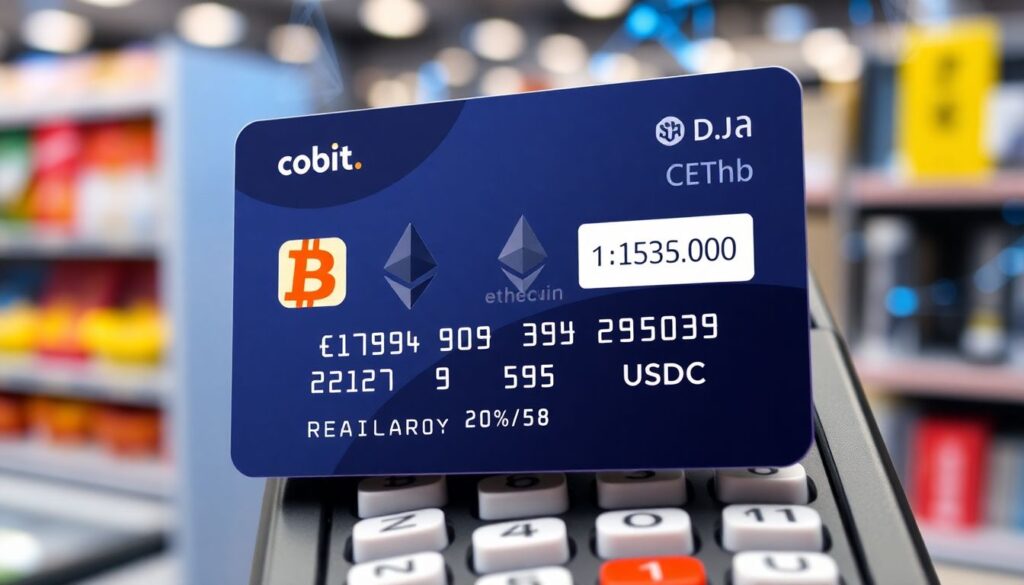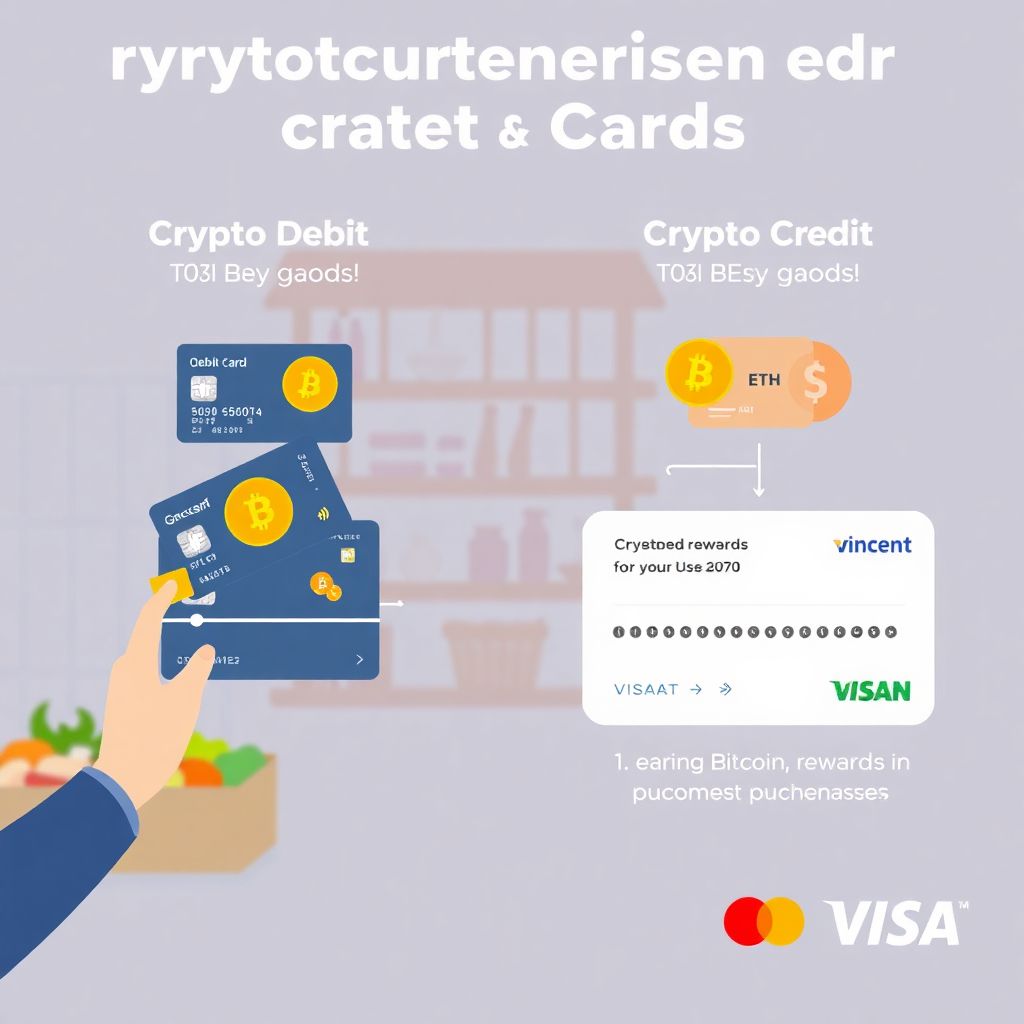Understanding Crypto Credit and Debit Cards: A Real-World Approach
The world of cryptocurrency is no longer confined to digital wallets and trading platforms. Over the past few years, crypto credit and debit cards have emerged as a practical bridge between digital assets and everyday purchases. But for beginners, navigating this space can be overwhelming. This guide breaks down the essentials, offers real-world examples, and includes expert advice to help you make informed decisions.
What Are Crypto Credit and Debit Cards?
At their core, crypto credit and debit cards function similarly to traditional payment cards. The key difference lies in the funding source: instead of fiat currency held in a bank account, these cards draw funds from your cryptocurrency holdings.
Crypto Debit Cards

Crypto debit cards are preloaded with digital assets such as Bitcoin (BTC), Ethereum (ETH), or stablecoins like USDC. When you make a purchase, the equivalent value in crypto is converted into fiat currency in real time. This allows you to spend crypto at any merchant that accepts Visa or Mastercard.
Crypto Credit Cards
Crypto credit cards, on the other hand, operate more like traditional credit cards. You borrow funds to make purchases and repay them at the end of your billing cycle. The twist is in the rewards: instead of cashback or airline miles, you earn crypto rewards—usually in Bitcoin or a platform-specific token.
Technical Breakdown: How These Cards Work
Crypto cards typically integrate with your digital wallet and use a partner exchange to facilitate conversions. Here’s a simplified flow:
– You load your card with crypto via a connected wallet or exchange account.
– When you swipe the card, the provider (e.g., Crypto.com, Binance, or Coinbase) instantly converts the crypto to fiat.
– The merchant receives payment in local currency, unaware of any crypto involvement.
Some cards even allow you to choose which crypto to spend, offering flexibility and control.
Real-World Examples: What Users Are Saying
Case Study 1: Daily Spending with Crypto.com Visa Card
Max, a freelancer from Berlin, uses the Crypto.com Visa card to pay for groceries and online subscriptions. He loads the card with USDC and earns up to 3% back in CRO, the platform’s native token. “I’ve reduced my bank usage significantly and enjoy passive rewards,” he notes.
Case Study 2: Long-Term Benefits from BlockFi Credit Card
Anna, a software engineer in San Francisco, uses the BlockFi Rewards Visa Signature Card. She earns 1.5% back in Bitcoin on every purchase. “In 2023, I accumulated over $600 in BTC just by spending normally,” she says.
Expert Recommendations for Beginners

Before diving in, it’s crucial to understand the nuances of crypto cards. Here’s what financial and crypto experts suggest:
– Start with a debit card: “Debit cards are safer for beginners because you’re only spending what you have,” says Alex Tapscott, co-author of *Blockchain Revolution*.
– Choose a reliable issuer: Go with cards supported by established exchanges like Coinbase, Binance, or Crypto.com, which offer regulatory compliance and customer support.
– Understand conversion fees and limits: “Some cards charge up to 2.5% per transaction or limit monthly ATM withdrawals,” warns Lisa Loud, a fintech consultant.
Key Factors to Compare Before Choosing a Card
– Supported cryptocurrencies: Some cards only support major coins like BTC and ETH, while others offer broader options.
– Rewards structure: Look for cards with meaningful crypto cashback or staking bonuses.
– Geographic availability: Not all cards are available in every country due to regulatory restrictions.
Risks and Limitations
While convenient, crypto cards come with caveats:
– Tax implications: In many jurisdictions, spending crypto is a taxable event. For every transaction, you may need to report capital gains or losses.
– Volatility: If your card draws from a volatile asset like Bitcoin, your purchasing power can fluctuate significantly.
– Security concerns: Like any financial tool, crypto cards are vulnerable to fraud and hacking. Always enable two-factor authentication and monitor your transactions closely.
Conclusion: Are Crypto Cards Worth It?
For many beginners, crypto cards offer an accessible way to use digital assets in the real world. Whether you’re earning Bitcoin rewards on your coffee or paying rent with stablecoins, these tools help integrate crypto into daily life. However, success depends on choosing the right card, understanding the fees, and staying informed about regulations.
As the crypto ecosystem matures, expect these cards to become more mainstream, with improved benefits and broader acceptance. For now, they’re a promising gateway for anyone looking to spend their crypto wisely.

